It’s always interesting to see the reactions to the Breezewood meme every time it makes the rounds. A striking composition of roads and logos, the eye first goes to the McDonald’s golden arches, then criss-crosses to the two Exxon signs, then swirls inwards to reveal Walmart, Shell, Pizza Hut, Starbucks, Sunoco, Taco Bell and of course, the generically titled “Gifts & Souvenirs.” It’s beautiful. An homage to America, standing defiantly against the natural world by keeping its people well-fed and on the move. A true Mecca of food and energy abundance.
But many people do not view the Breezewood image this way. There are many, maybe even the majority who view this image with disgust, a symbol of human greed, a decaying hellscape of capitalism.
It’s true that it would be hard to find a purer distillation of American car culture in one image. A gas station occupies the whole foreground of the photo and seems to merge into the diner behind it, a blurring of our hunger for food with our appetite for fossil fuels.
It seems like Americans have been taunted for our shameful “hunger” for as long as I can remember. How dare we desire to eat and live!
The image is not only aesthetically pleasing, but it’s emotionally compelling. It evokes a feeling of disgust at “fat, greedy Americans” who are eating up the pristine, natural world. None of this is an accident. The photo, snapped by Edward Burtynsky, as part of a photo book project called Oil.
“Oil is a global exploration of the life cycle of petroleum—from extraction to distribution to consumption—featuring Burtynsky’s signature large-scale aerial views of oil fields and refineries, as well as secondary petro-landscapes such as highway cloverleafs and tire piles at the dump.”
Burtynsky is a talented and prolific photographer and documentarian. He’s also not shy about pushing an anti-humanity message in his body of work. His project Anthropocene: The Human Epoch includes an artist statement:
Now it is becoming clear that humankind, with its population explosion, industry, and technology, has in a very short period of time also become an agent of immense global change. Arguably, we are on the cusp of becoming (if we are not already) the perpetrators of a sixth major extinction event. Our planetary system is affected by a magnitude of force as powerful as any naturally occurring global catastrophe, but one caused solely by the activity of a single species: us.
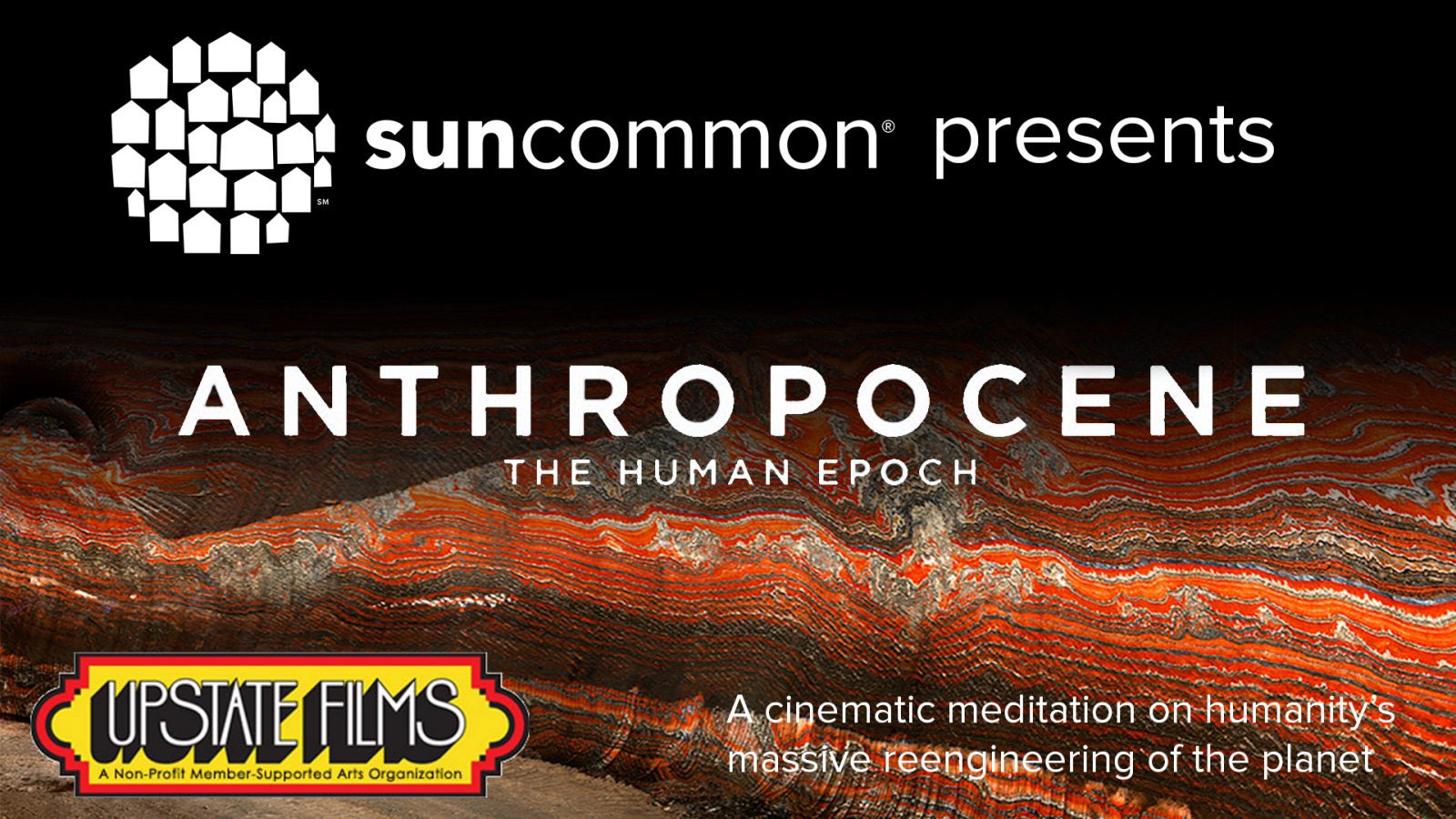
“Burtynsky is aware that his photo has achieved memehood, and believes that’s a sign of its resonance,” states a 2019 Bloomberg article. But just because the photo resonates doesn’t mean it’s good. In fact, this type of ‘emotion appealing’ to very dark human impulses (such as culling the population) is not new. Visually-stunning Malthusian collapse porn has been around for decades.
In my teenage years I was caught off-guard by a film that left an indelible mark on my psyche. Koyaanisqatsi: Life Out of Balance, is a 1982 American experimental non-narrative film directed and produced by Godfrey Reggio with music composed by Philip Glass and cinematography by Ron Fricke. The only human voice in the film in an ominous deep male vocal chanting “Koyaanisqatsi” over and over, paired long shots of nature, industry and time lapse of populations within cityscapes give a very distorted view of humanity. It’s an upsetting film to watch. It can leave audience members who suffer through it searching for meaning, and those who do, feel a clever and enlightened smugness. They got the message [smirking]: humanity is the virus. Much like Burtynsky’s work, Koyaanisquatsi leaves you with the feeling like human beings are a vermin species, consuming a pristine planet until there is nothing left.
All of this ennui-fueled doomer-porn is a symptom of what some might call ‘affluenza.’ These upper class artists and beautiful, sad souls are in la-la land. Most Americans are proud of their automobiles, proud of the interstate highway system, and proud of the fact that there is always a golden arch to be found around every corner, willing to serve you cheap, abundant calories in your time of need. American ethos stands for freedom from famine and freedom to explore new places, to consume energy and burn calories.
Plus, it’s always fun to point out how these anti-industry artists always fall back on the need for the one thing that inspires their hate: “I’d rented a four-wheel drive and a scissor lift that had the ability to take me up 80 feet,” Burtynsky recalled, while working out how to get his now famous shot of Breezewood, PA. “I was just driving around everywhere with it, hiking it up and looking for the point of view.” A point of view that he would have never achieved without the modern technology he hates so much.

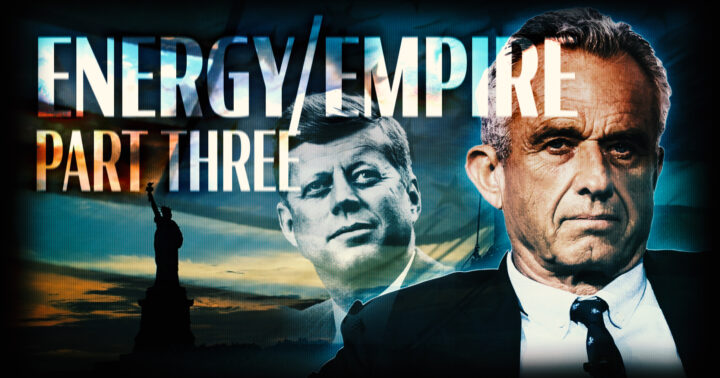
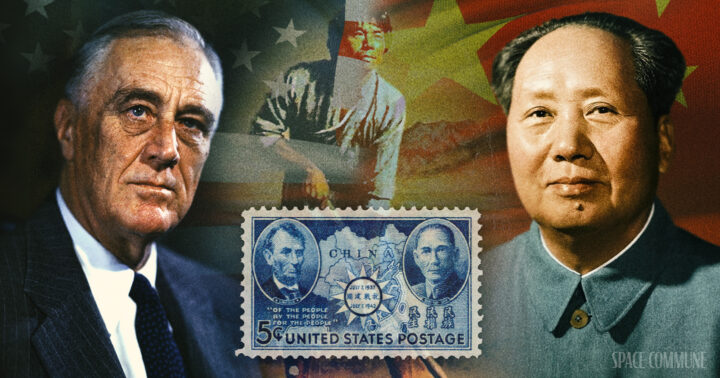
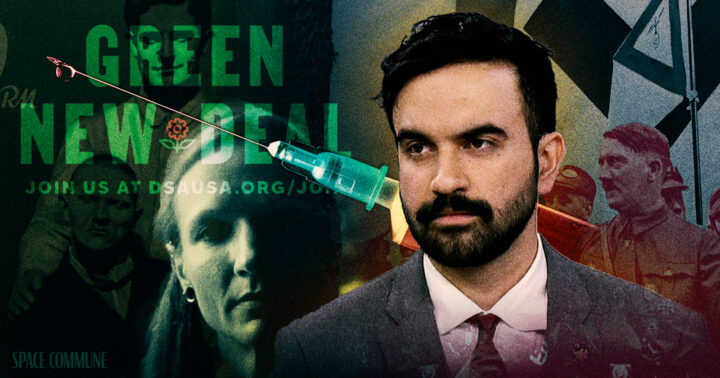

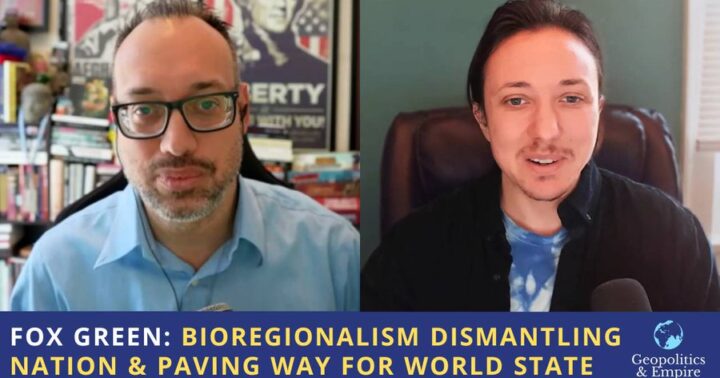
What if it was actually HUMANS who created the Amazon Jungle? Years ago I was reading about ancient earthworks, flood channels, and signs of civilization on the floor of the Amazon Jungle being discovered by Lidar and ground penetrating radar and so on. It was one of those buried, “never seen again”, down the memory hole little articles. Well, today an article came up for me on Facebook from Discover about how, 10,000 years ago, Ancient Humans domesticated plants in Bolivia and grew islands of trees in a sea of grassland/savannah, south of the Amazon, in Bolivia. So this raises a question for me, some “high octane speculation” as conspiracy researcher Joseph P. Farrell puts it. What if the Amazon was originally mostly grassland or savannah and the reason why it is so big today is because ancient Humans planted it? This would certainly be a fly in the ointment of the DeGrowthers’ narrative of “Human Activity being detrimental to Mother Nature” and the “noble savages” myth of “small scale back-to-monkey” communities living off of a naturally-produced rainforest. This is one of those rare articles coming from the mainstream Scientism community that says humans actually CREATED biodiversity. Like Winston, filing away news clippings in 1984, we could use such rare glimpses of optimism and pro-humanism.
ARTICLE: https://www.discovermagazine.com/planet-earth/10-800-years-ago-early-humans-planted-forest-islands-in-amazonias-grasslands?utm_campaign=organicsocial&utm_content=%F0%9F%94%84from_the_archive%3A_resear&utm_medium=social&utm_source=facebook
Great find – I love this counter narrative of humans actually creating biodiversity!